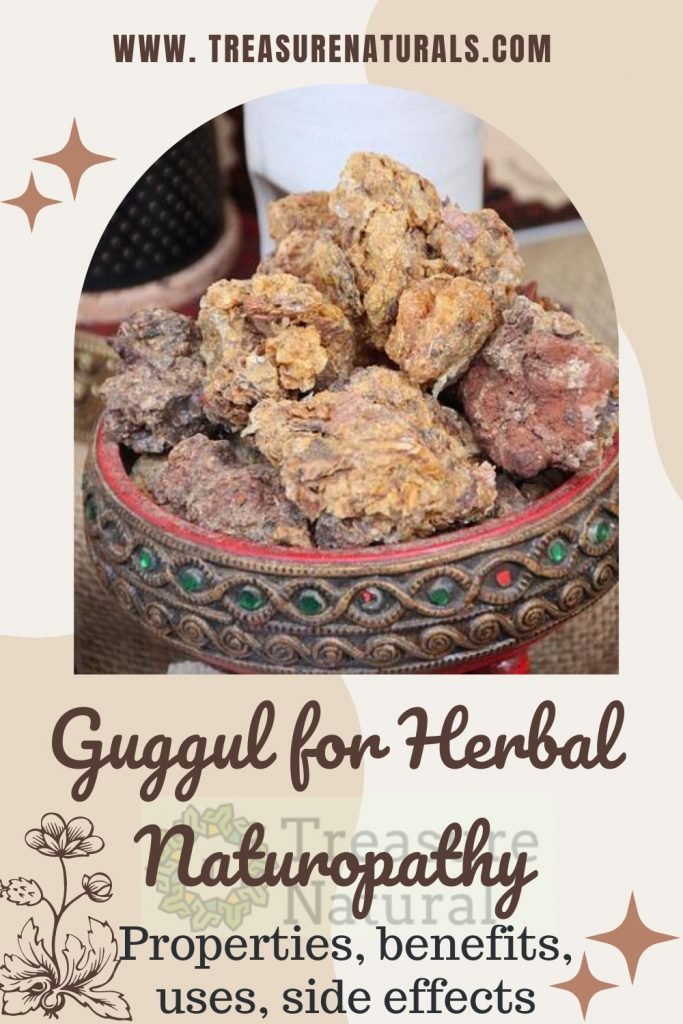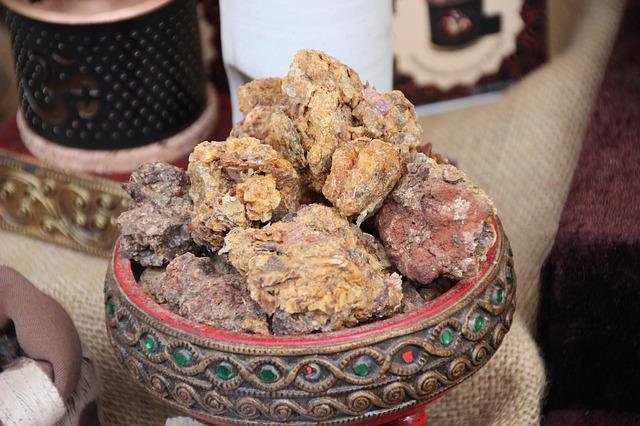
Guggul is a natural substance that looks like a rubbery oleoresin and is used in phytotherapy in the form of a powder for its two cholesterol- lowering properties. Let’s find out better.
Where is the guggul found
The guggul is extracted by incision of the bark of Commiphora mukul, a small thorny tree, also known as the myrrh tree, which is found mainly in Rajastan, Gujarat and Maharashtra, very branched, with silver paper bark.
If the trunk is cut, the tree secretes this resinous and aromatic substance. Each plant produces about 1 kg. of pale yellow to brown oily gummy resin.
Properties and use of guggul
Guggul is an ancient remedy that has always been used in Ayurvedic medicine for the metabolic disorders that accompany obesity and atherosclerosis.
The cholesterol- lowering property of guggul is due to guggulipide capable of significantly reducing total cholesterol, LDL (bad) cholesterol and triglycerides.
This action is partly due to an increase in the number of LDL-cholesterol receptors located on the surface of liver cells and to an improvement in the cholesterol-receptor bond. In this way the lipids are eliminated in the blood and then degraded through the bile. Guggul has proved to be an effective remedy for food cholesterol, mainly caused by a very high-fat diet.
Furthermore, this substance has an anti- sclerotic action as it inhibits the oxidation of LDL, a process responsible for the formation of plaques in the arteries and the hardening of the venous walls.
Contraindications of guggul

In some patients it can cause nausea, belching, hiccups. In high doses it causes diarrhea, which regresses when the intake is stopped.






